THE THEATRE ORGAN
PART TWO: BUILDERS OF THE THEATRE ORGANS
THIS PAGE IS WRITTEN IN CONJUNCTION WITH GLEN TWAMLEY (FRIENDS OF BEER WURLITZER)
-oOo-
PAGE EIGHTEEN:
THE CHRISTIE THEATRE ORGAN
DIGNITY & SIMPLICITY
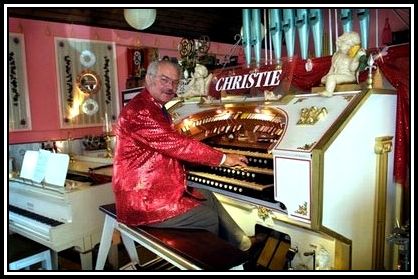 Mr. Anton Stormlund seated at his Christie Organ,
Mr. Anton Stormlund seated at his Christie Organ,
once installed at the Kinema/Century Cinema Stratford (West Ham)
-oOo-
William Hill & Son & Norman & Beard Ltd. (more commonly known as Hill, Norman & Beard) was formed by the amalgamation of two organ manufacturing companies in 1916. Each company had been a renown classical organ builder and each was the result of earlier mergers.
In 1870, Ernest William Norman (1851 – 1927) founded a pipe organ manufacturing company in Diss. By 1876, he had moved his business to Norwich where he went into partnership with his brother, Herbert John Norman (1861 – 1936). In 1887, the brothers went into partnership with George A. Wales Beard, with the subsequent formation of the company, Norman & Beard.
Norman & Beard worked with Robert Hope-Jones whose endeavours led to improvements to the Electro-Pneumatic Control System for Pipe Organs and also the development of a number of stops. Mr. Hope-Jones had built a factory in Birkenhead where his company produced a number of Theatre Organs before he left the U.K. His factory was eventually taken over by Norman & Beard along with its staff and his patents.
In 1916, the company of Norman & Beard amalgamated with another pipe organ manufacturing company, William Hill & Sons to became William Hill & Son & Norman & Beard Ltd., generally known as Hill, Norman & Beard.
Following the First World War, Hill, Norman & Beard concentrated its efforts on the development and perfection of Mr. Hope-Jones system of Electro-Pneumatic Action.
-oOo-
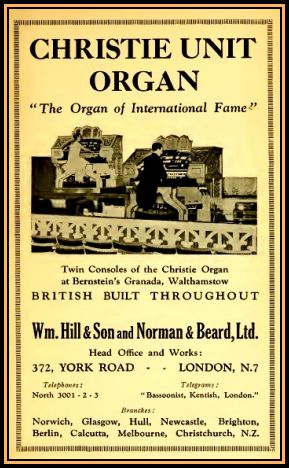 From the Kinematograph Year Book and provided by Paul Bland
From the Kinematograph Year Book and provided by Paul Bland
In 1923, Mr. John Christie (1882-1962) acquired Hill, Norman & Beard and became its chairman and lent his name to the Theatre Organs it produced between 1926 and 1938.
This branch of the company’s business gained in importance during this time. Meanwhile the company continued to develop and improve on its product, which led to the subsequent development of the Christie Unit Organ that soon gained a world-wide reputation for quality.
Hill, Norman & Beard had factories in various parts of the U.K. where the components of its organs were made. These were then sent to the factory in Kings Cross, London for assembly. The company remained in the hands of the Christie family until it demise in 1990.
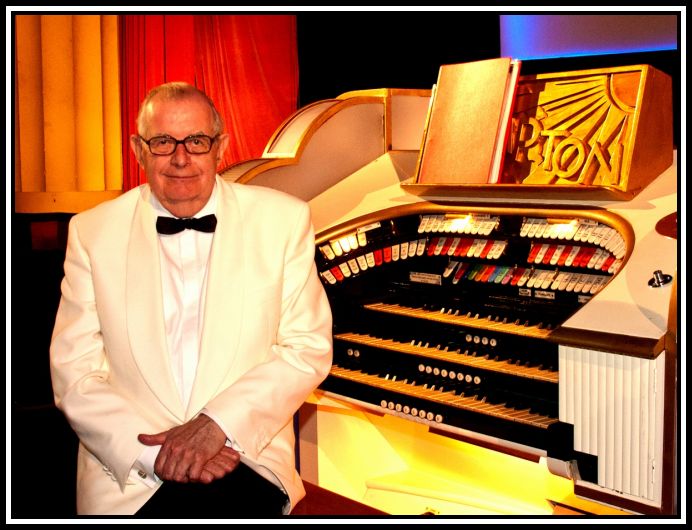 Frank Fowler, the last Managing Director of Hill, Norman & Beard
Frank Fowler, the last Managing Director of Hill, Norman & Beard
Seen here seated at the Console of The Compton Organ of the Odeon Weston Super Mare
This photograph was kindly provided by Fred Smedley, Chairman of the West of England Theatre Organ Society, WETOS
-oOo-
-oOo-
As a point of interest, John Christie (1882-1962) was the founder of Glyndebourne Festival Opera at his family home near Lewes in 1934. Mr. Christie inherited the home in 1913 upon the death of his grandfather. He undertook a number of renovations of Glyndebourne including the building of an organ room where the largest pipe organ outside a cathedral was installed and which had been built by Hill, Norman & Beard. Mr. Christie also held amateur opera evenings here. Together with his wife, they built an annex to the organ room that served as a fully equipped theatre seating 300 and with an orchestra pit that could hold a full symphony orchestra.
Over the years, the theatre was added to a number of times, but in 1992, construction of a new theatre was begun. This theatre opened on 28th May, 1994, which was the 60th anniversary of the first operatic presentation in the organ room. Those attending the opera at Glyndebourne are requested to wear formal attire. During the season, it is not uncommon to see many spectators suitably dressed and taking the train from Victoria Station to Lewes. In addition, spectators may be seen enjoying their picnics on the lawns during the interval.
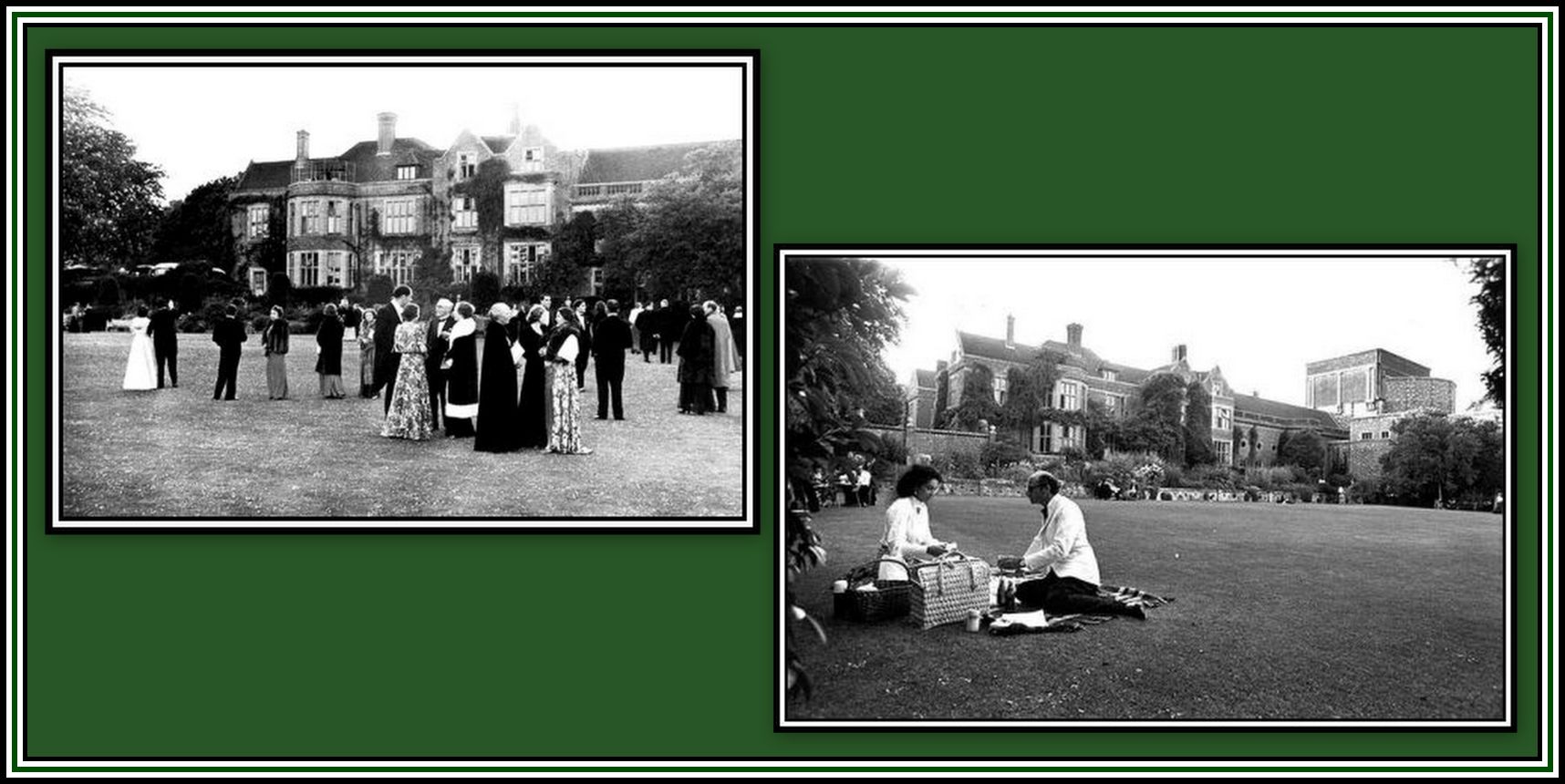 The Interval at Glyndebourne during Opera Season
The Interval at Glyndebourne during Opera Season
-oOo-
A COMMUNICATION FROM THE FAMILY OF
AN ORGAN BUILDER
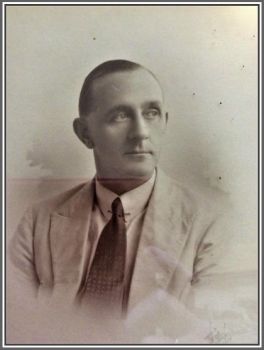 Frank Sands (1887-1960) – Organ Builder
Frank Sands (1887-1960) – Organ Builder
Recently, I received a letter from the granddaughter and daughter who wrote to me about Mr. Frank Sands who apprenticed with the organ makers, Hill, Norman & Beard and remained with The Company, and following its acquisition in 1923 by John Christie, until he stopped working.
Mr. Sands was born in Norwich in on 28th December, 1887. He left school at the age of 10 and became an apprentice at Hill, Norman & Beard. Following the First World War, he worked for a number of years in New Delhi, India, and built organs there as well as in Kolkata (Calcutta) and Simia. Following this, he was sent to Singapore, and in 1933 to Australia, where he was the works manager in the Melbourne factory.
Mr. Sands and his family returned to the U.K. just before the outbreak of the Second World War and where he took up the position of manager of the London factory. Following the end of the war, he was promoted to be the Company’s Technical Director. In 1947, Mr. Sands became one of the original Fellows of The Incorporated Society of Organ Builders (ISOB).
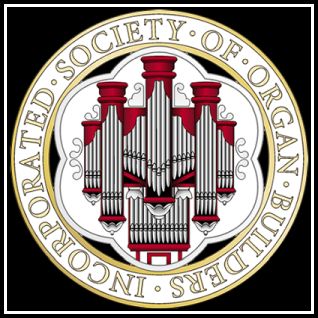 Logo of The ISOB
Logo of The ISOB
When Mr. Christie took over his family home at Glyndebourne, he not only founded the Gyndebourne Festival Opera in 1934, but also built an organ room where the largest pipe organ outside a cathedral, built by Hill, Norman & Beard, was installed. This organ was regularly serviced by Mr. Sands.
Later in his life, Mr. Sands moved to Brighton where he opened a branch of The Company in Lewes where he continued to work in a full-time capacity until he reached the age of 70. However, after retiring from full-time employment, he continued to oversee work at the Lewes factory on a part-time basis until 1958.
Throughout his life, Mr. Sands was very much involved with his work and family and had little time for other pursuits. However, he did enjoy tending roses in his garden and when he was able to find some spare time, he enjoyed making small parts for various organs in his garage, and on one occasion, made a bureau for his wife, which is now in the possession of his daughter.
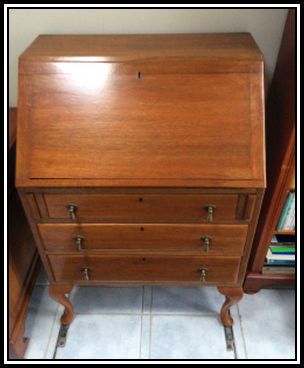 The Bureau made by Mr. Sands
The Bureau made by Mr. Sands
Mr. Sand passed away in 1960 at the age of 72.
——oooOOOooo——
ACKNOWLEDGEMENTS
I would like to thank Mr. Ian McIver for his help and kindness in the preparation of this piece.
Many thanks are given to Mr. Fred Smedley, Chairman of the West of England Theatre Organ Society, WETOS for allowing his photograph of Mr. Frank Fowler to appear here.
I would also like to thank Mr. Paul Bland for his contributions to this piece.
Finally, I am greatly indebted to both Ms Ann Burgess and Ms Madelaine Jennings, daughter and granddaughter of Mr. Frank Sands, for their contributions to this page.
——oooOOOooo——
Click here to GO to PAGE NINETEEN of PART TWO:
THE CHRISTIE THEATRE ORGAN: MANUALS 2, 3 & 4
——oooOOOooo——
Click here to return to PAGE SEVENTEEN of PART TWO:
THE ISLE OF MANN WURLITZER THEATRE ORGAN
——oooOOOooo——
Click here to return to PART ONE:
INTRODUCTION TO THE ORGAN
——oooOOOooo——
Click here to return to PART TWO:
THE THEATRE ORGAN HOME PAGE
——oooOOOooo——
——oooOOOooo——

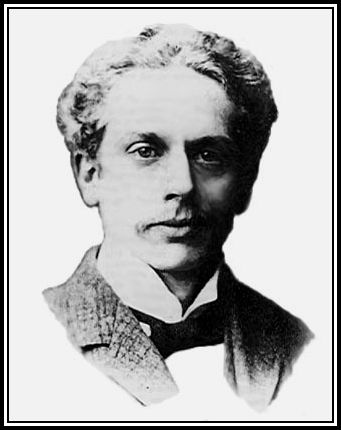
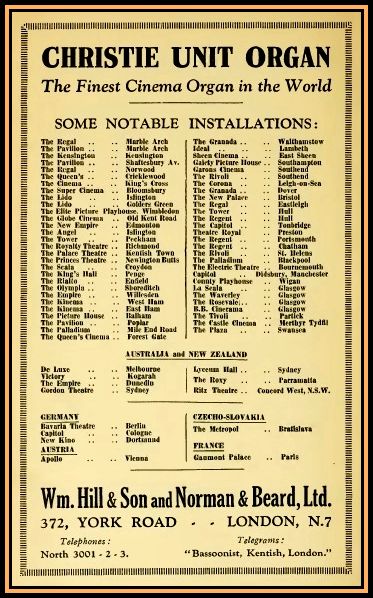
To whom can I write for historical information on the installation of a Norman and Beard organ in Saint James’ Church, Shaftesbury, Dorset in 1908?
I was most interested to read this page and especially the reference to John Christie. My father was a friend of his and I remember meeting him on several occasions at Glyndebourne. Many years after my father’s death, my mother told me that Christie had once presented my father with an organ but she had no idea what happened to it. Presumably my father had given it away long before he met my mother.
My grandfather was frank sands. Born in Norwich started working for Norman Hill and Baird aged 14. Became the technical director and built the organs all over the world and went to Australia in 1933 to continue work there
Ms Jennings: Thank you very much for visiting my website and for taking the time to reply. It is always nice to learn of someone who actually helped build these wonderful instruments. Charles S.P. Jenkins
Readers may be interested in consulting my website http://www.theatrorgansaust.info which provides information about every theatre pipe organ installed in Australia or New Zealand.
ROD BLACKMORE’S AUSTRALASIAN THEATRE ORGANS
I am searching for information about Christie organs Opus numbers 2654 & 2655 – in particular where they were first installed.
I have fond memories of Mr Sands, as an Apprentice of William Hill Norman and Bears ltd, at the age of seventeen I went from Tuning and Maintenance Miss Edmonds department, into Mr Sands workshop in Lewes ,until I completed my Apprenticeship, in 1961 and went to Browne and Sons Canterbury
Mr Sands worked alongside us , We were All very smart in our white aprons, (and I note from my photo) wearing ties , he was there working with a set of old clothes ,over his day clothes ( very confusing for customers , finding this scruff, was MR SANDS the Boss, our the total workforce was five in West Street
It was almost monastic, we worked with very little discussion , so much so ,his Manager Mr Newman ,who could not stand silence would to come out of his upstairs office ,Shouting “are you all dead down there”
Here I am in BC Canada 2020 Still enjoying still the sound of some great instruments Seeing Jonathon Scott, Playing Orchestral music on the wonderful organs at his disposal casting my mind back to those great silent industrious days.
Hi David,
I believe my Great Grandfather worked for Baird’s and i know he was born in London but moved to Norwich. I know its a long shot and he passed away many years ago but i wondered if Percy Wones meant anything to you.
Mr. Bevan: Many thanks for visiting my website and for taking time to send a comment. I was very interested in hearing of your memories. With regards.
I am trying to find out more about the Hill Norman & Beard organ in Wembley Stadium, as the original stadium’s centenary is next year. The specification is on the National Pipe Organ Register (NPOR).
Any information will be most appreciated (contact 07704 5454 22).